Ever wonder how mice talk to each other? We don’t have a dictionary quite yet, but UD neuroscientist Josh Neunuebel and his lab have linked the ultrasonic vocalizations made by mice with specific behaviors. It’s a significant advance of our understanding of communication science.
Tag: Autism

Predicting Autism Risk May Begin With a Drop of Blood
A novel research study by UC San Diego researchers will determine whether testing stored blood drops, recorded at birth, for 1,000 different molecules and chemicals can help predict autism risk years before symptoms would likely appear.
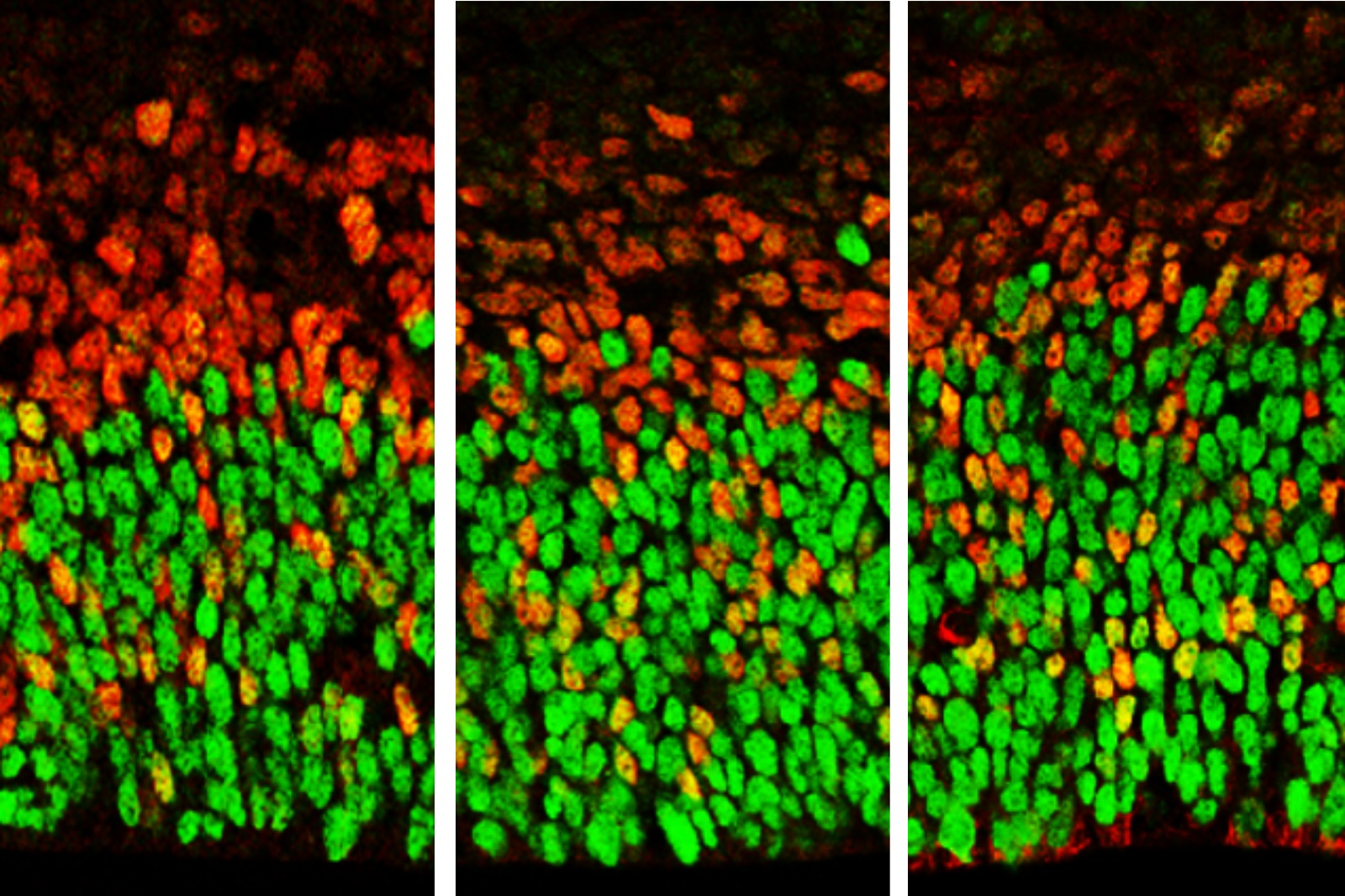
Gene associated with autism also controls growth of the embryonic brain
A UCLA-led study reveals a new role for a gene that’s associated with autism spectrum disorder, intellectual disability and language impairment.
UNH Researchers Find Synchronization of Memory Cells Critical For Learning and Forming Memories
Researchers at the University of New Hampshire found that the neurons involved in Pavlovian learning shift their behavior and become more synchronized when a memory is being formed – a finding that helps better understand memory mechanisms and provides clues for the development of future therapies for memory-related diseases like dementia, autism and post-traumatic stress disorder (PTSD).
Study Challenges Assumptions About Social Interaction Difficulties in Autism
Results suggest social interaction success for autistic adults revolves around partner compatibility, not just participant skill set. “If autistic people were inherently poor, you’d expect two autistic people to struggle more than an autistic and non-autistic person. That’s not what we found.”
Autism Diagnosis Test Needs Improvement, Rutgers Researchers Say
Rutgers researchers have found that a test widely used to diagnose whether children have autism is less reliable than previously assumed.
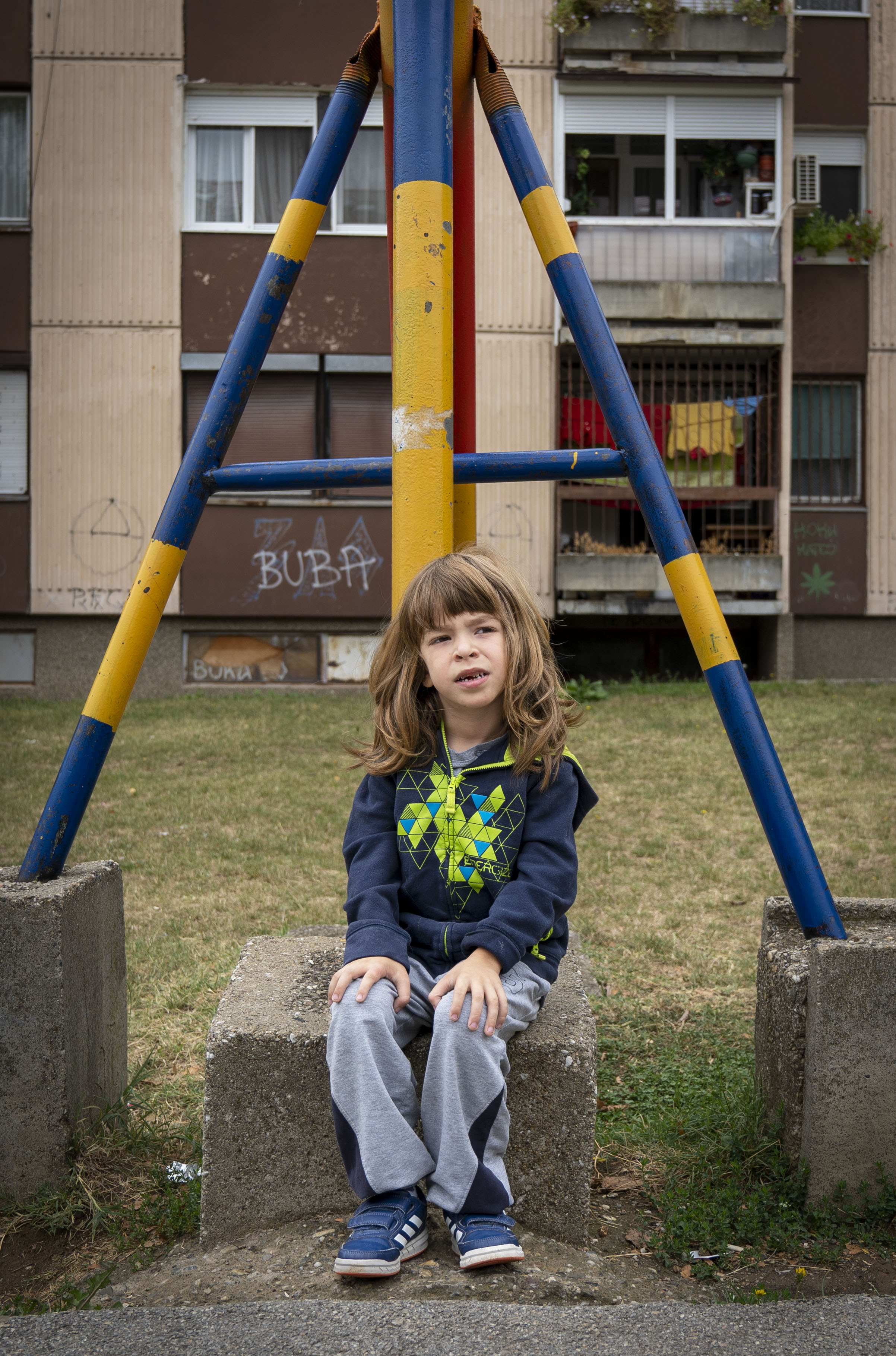
Helping the world understand, detect and treat a devasting genetic disorder
Fragile X syndrome is a debilitating genetic neurodevelopmental disorder that affects people worldwide, but many doctors don’t know anything about it, let alone have the resources to properly diagnose or treat it.
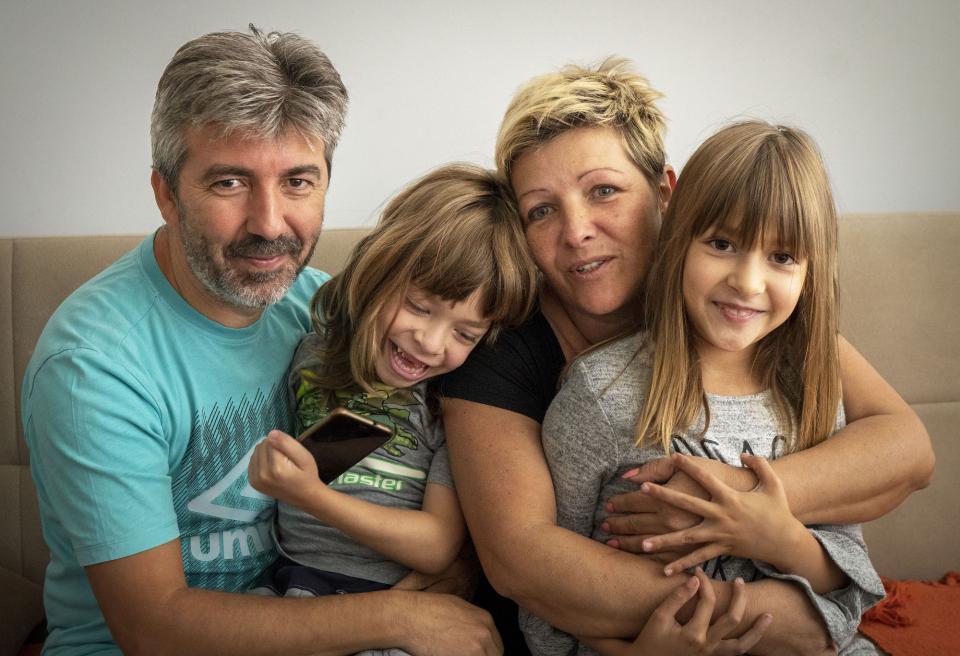
Healing and Hope: Treating Fragile X in Serbia
Doctors and scientists — experts in the rare and severely disabling fragile X syndrome — had arrived from the United States, including six from the UC Davis MIND Institute. They came to offer the families useful information and maybe open doors to desperately needed help in a region of the world that, until fairly recently, hardly recognized fragile X syndrome, let alone knew how to diagnose or treat it.
Largest Autism Sequencing Study to Date Identifies 102 Genes Associated With the Condition
In the largest genetic sequencing study of autism spectrum disorder (ASD) to date, researchers have identified 102 genes associated with risk for autism. The study also shows significant progress towards teasing apart the genes associated with ASD from those associated with intellectual disability and developmental delay, conditions which often overlap.
Rutgers Expert Available to Discuss Autism and Transportation Issues
New Brunswick, N.J. (Jan. 22, 2020) – Rutgers University–New Brunswick expert Cecilia Feeley is available for interviews on transportation and mobility issues for people on the autism spectrum. Feeley, transportation autism project manager at the Rutgers Center for Advanced Infrastructure and…
Enlarged amygdala involved in psychiatric challenges in young girls with autism
behavioral problems than similar age boys with ASD. These challenges are associated with a larger amygdala, a UC Davis Health study has found. The amygdala is a key part of the brain that helps regulate emotions and detects threats.
A Calming Space
Children’s of Alabama pathway designed for patients with sensory sensitivities has been equally impactful on families, providers
One-Fourth of Children with Autism Are Undiagnosed
One-fourth of children under age 8 with autism spectrum disorder — most of them black or Hispanic — are not being diagnosed, which is critical for improving quality of life.
Families of Children With Autism Face Physical, Mental and Social Burdens
Families of children with autism face high physical, mental and emotional burdens, are sometimes ridiculed and even accused of child abuse, according to a Rutgers study.
Rutgers Neurologist Named Scientific Advisor of Eagles Autism Challenge
Rutgers Neurologist Named Scientific Advisor of Eagles Autism Challenge

New Beaumont research puts scientists one step closer to newborn screening for autism
This preliminary, collaborative study used Artificial Intelligence, a computer-based technology which scans a map of the human genome.
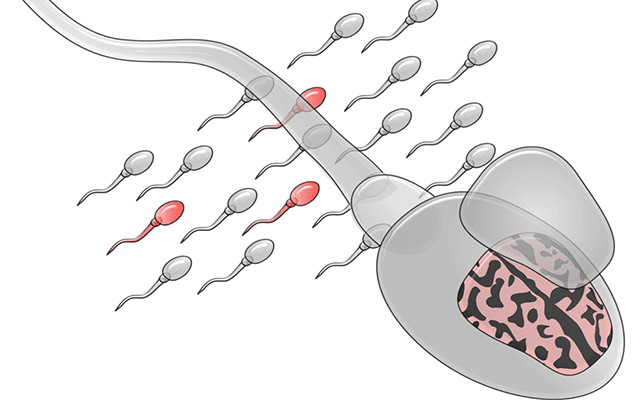
Measuring Mutations in Sperm May Reveal Risk for Autism in Future Children
Spontaneous mutations in male sperm are linked to development of autism spectrum disorder. Researchers have created a way to measure mutations and estimate risk of ASD in future children. If developed into a clinical test, the method could be a useful predictive tool in genetic counseling.
In Some Children with Autism, “Social” and “Visual” Neural Circuits Don’t Quite Connect
Researchers combined eye gaze research with brain scans to discover that in a common subtype of autism, in which ASD toddlers prefer images of geometric shapes over those of children playing, brain areas responsible for vision and attention are not controlled by social brain networks, and so social stimuli are ignored.

Zimmerli Art Museum Offers New Tools for Visitors with Sensory-Related Disorders
The Zimmerli Art Museum at Rutgers University-New Brunswick is the first art museum in New Jersey to offer specialized tools to help visitors in the autism spectrum enjoy their visit without stressful sensory overload.

Rutgers Neurologist Named Lead Scientific Advisor of Eagles Autism Challenge Peer Review Panel
Philadelphia Eagles Chair and CEO Jeffrey Lurie championed a new signature fundraising event, the Eagles Autism Challenge, to raise funds for innovative autism research and programs. To assist him in these efforts, Lurie appointed a professor of neuroscience and cell biology and pediatrics at Rutgers Robert Wood Johnson Medical School to serve as the lead scientific advisor.
UM MEDICINE LAUNCHES TREATMENT CENTERS FOR ADULT NEURODEVELOPMENTAL DISABILITIES
Launch of centers to treat adults with neurodevelopmental disorders, such as autism. These are the first in the state of Maryland and a pioneering approach for treatment across the United States.

Helping children birth to 5 with social/emotional, developmental disorders
More than 50 mental health clinicians and 14 Head Start teachers are increasing their ability to help young children experiencing social and emotional difficulties, thanks to training provided through the South Dakota Early Childhood Mental Health Collaborative.

Holidays on the Spectrum
A short feature with a list of tips to help people with autism, and their loved ones, better navigate the holidays.
Families of youth with autism face big barriers to care, gaps in services
New research at Case Western Reserve University found big gaps in services and continued care for children with autism—and their families—as they transition from adolescence to adulthood.
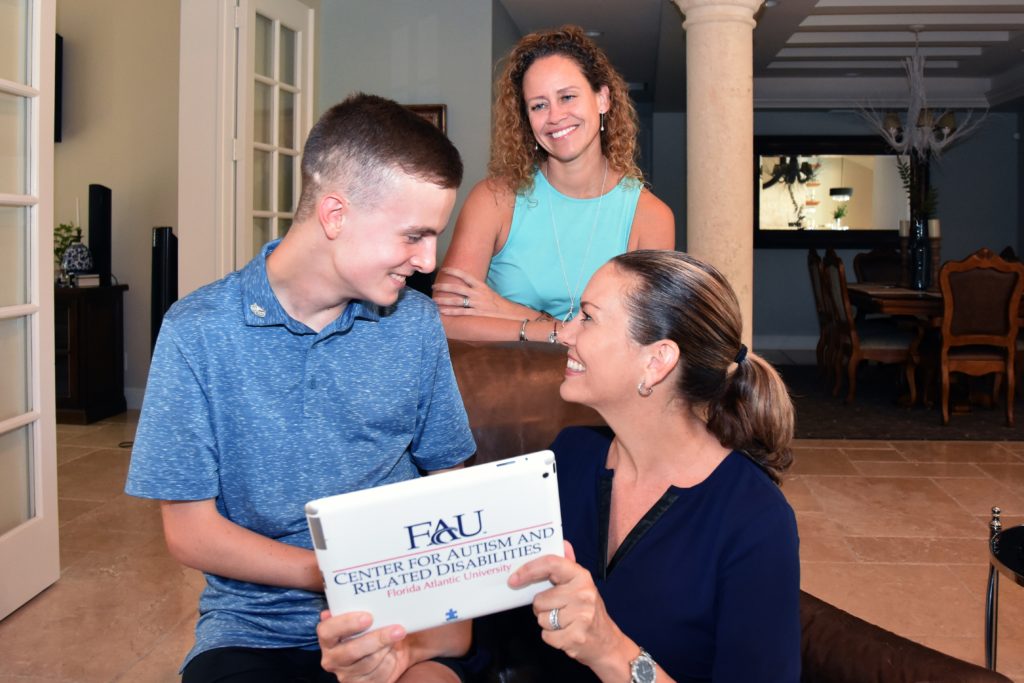
Teens with Autism Can Master Daily Living Skills When Parents Teach, Reach for iPads
Daily tasks can be difficult for some people with autism because they often involve sequential steps. Since people with autism are strong visual learners, a study examined if parents could help their teens learn using portable, mainstream devices like an iPad. Similar studies have primarily targeted parents of young children with autism. Results show that video prompting interventions produced both immediate and lasting effects for teens with autism and that parents can be powerful delivery agents to increase independence in their children.
For better research results, let mice be mice
Animal models can serve as gateways for understanding many human communication disorders, but a new study from the University at Buffalo suggests that the established practice of socially isolating mice for such purposes might actually make them poor research models for humans, and a simple shift to a more realistic social environment could greatly improve the utility of the future studies.
Study: First Evidence of Immune Response Targeting Brain Cells in Autism
In a paper published in Annals of Neurology, a physician-scientist at Beth Israel Deaconess Medical Center (BIDMC), and colleagues report the presence of cellular features consistent with an immune response targeting specialized brain cells in more than two thirds of autistic brains analyzed postmortem. These cellular characteristics – not previously observed in autism – lend critical new insight into autism’s origins and could pave the way to improved diagnosis and treatment for people with this disorder.
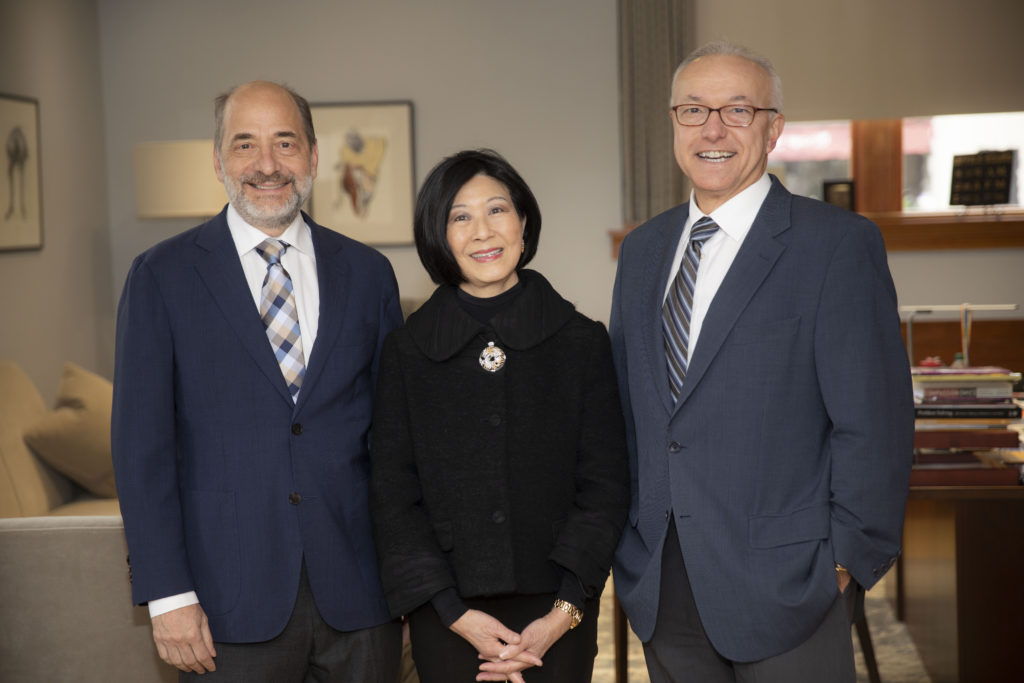
Harvard University to Launch Center for Autism Research
New center for autism research will explore the basic biology of autism and related neurodevelopmental disorders
Scientists to study how genetic and environmental factors intersect to give rise to a family of dauntingly complex conditions affecting one in 59 children in the United States
Scientists will tackle current gaps in knowledge in the neurobiology of the condition
Center enabled by $20 million gift from philanthropists whose contributions to autism-related research total nearly $70 million to date
Academy of Nutrition and Dietetics Serves Up Hot Topics at 2019 Food & Nutrition Conference & Expo™
Behavioral health and cultural competence are just a few of the emerging topics that will be addressed at the Academy of Nutrition and Dietetics 2019 Food & Nutrition Conference & ExpoTM October 26 to October 29 in Philadelphia, Pa.
First Large-Scale Study of Universal Screening for Autism Raises Critical Questions about Accuracy, Equity
In the first large, real-world study of universal screening for autism spectrum disorder (ASD) in toddlers, researchers at Children’s Hospital of Philadelphia (CHOP) have found that the most widely used and researched screening tool is less accurate than shown in previous studies conducted in research laboratory settings. The new study also revealed significant disparities in detecting early autism symptoms in minority, urban and low-income children.
Researchers Identify Metabolic Cycles in Baby Teeth Linked to ADHD and Autism in Children
Mount Sinai researchers have identified elemental signatures in baby teeth that are unique to attention-deficit/hyperactivity disorder (ADHD), autism spectrum disorder, and cases when both neurodevelopment conditions are present, which suggests that the metabolic regulation of nutrients and toxins play a role in these diseases, according to a study published in Translational Psychiatry in September.
Gene Linked to Autism Undergoes Changes in Men’s Sperm After Pot Use
A specific gene associated with autism appears to undergo changes in the sperm of men who use marijuana, according to new research from Duke Health.
The gene change occurs through a process called DNA methylation, and it could potentially be passed along to offspring.
Nerve Stimulation + Repetitive Sounds Help Improve Hearing
Combining seizure-preventing electrical stimulation with repetitive musical tones improves processing of sounds in the brain, according to new research. The discovery may provide relief for chronic ringing in the ears (tinnitus) and aid communication skills in people with autism. The first-of-its-kind study, published ahead of print in the Journal of Neurophysiology (JNP), was chosen as an APSselect article for August.
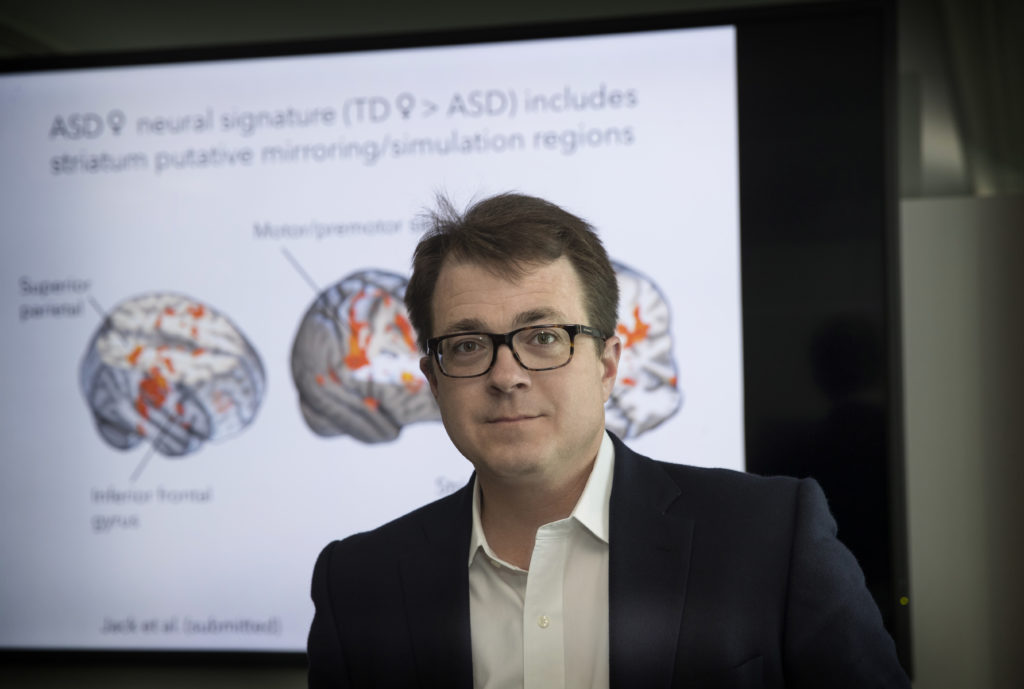
UVA Leads Major Effort to Understand Autism Differences in Boys, Girls
A pioneering autism researcher is spearheading an ambitious effort to understand how autism-spectrum disorders differ in boys and girls as part of the National Institutes of Health’s Autism Centers of Excellence Program.
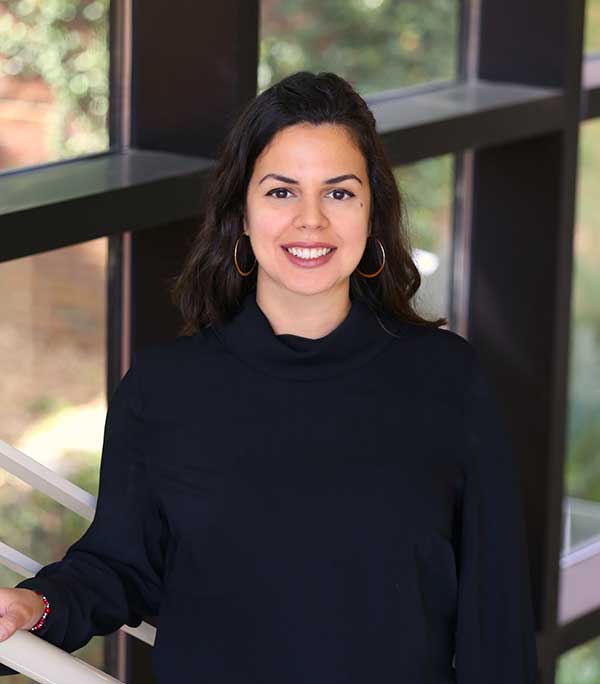
Experts from Florida State University are available to comment on trending topics in K-12 education.
As schools across the nation begin a new academic year, there are a variety of education issues students and teachers will face in the coming weeks, including reading and math development, standardized testing and behavioral issues in the K-12 classroom.…
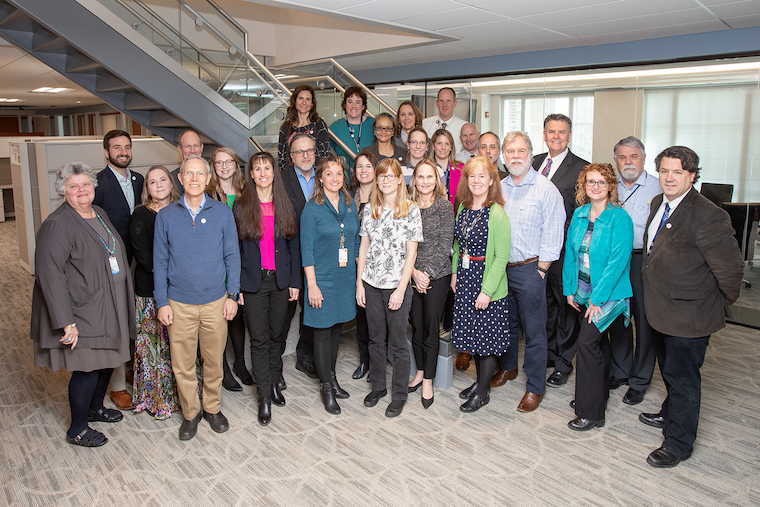
iTHRIV, Community Groups Partner to Improve Health of Virginians
Four biomedical research projects to improve the health of Virginians will be funded by the integrated Translational Health Research Institute of Virginia (iTHRIV), a Clinical Translational Science Award Hub.